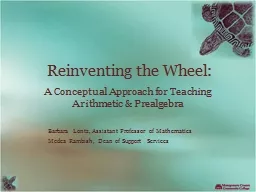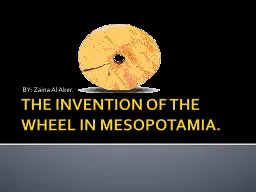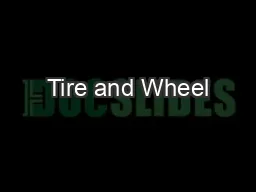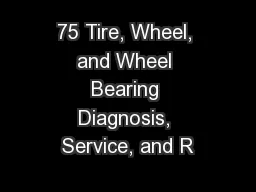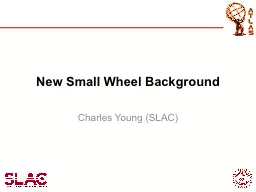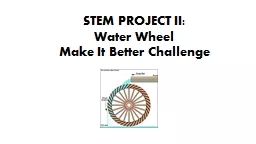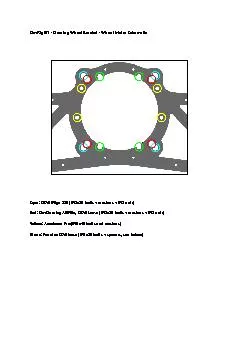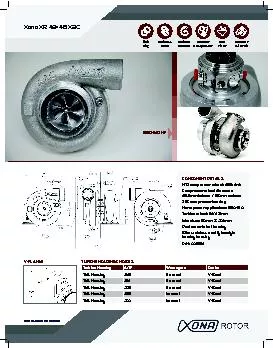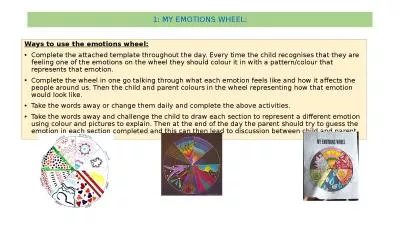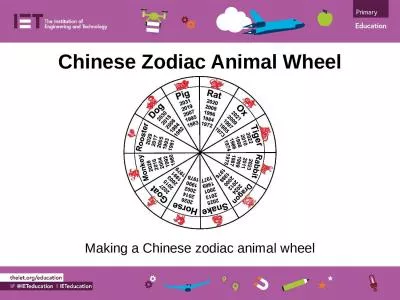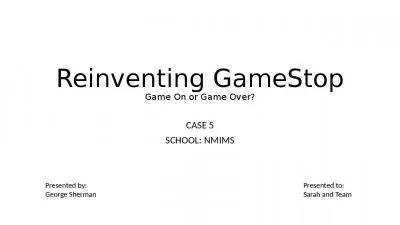PPT-Reinventing the Wheel:
Author : pamella-moone | Published Date : 2017-10-29
A Conceptual Approach for Teaching Arithmetic amp Prealgebra Barbara Lontz Assistant Professor of Mathematics Medea Rambish Dean of Support Services Overview Discuss
Presentation Embed Code
Download Presentation
Download Presentation The PPT/PDF document "Reinventing the Wheel:" is the property of its rightful owner. Permission is granted to download and print the materials on this website for personal, non-commercial use only, and to display it on your personal computer provided you do not modify the materials and that you retain all copyright notices contained in the materials. By downloading content from our website, you accept the terms of this agreement.
Reinventing the Wheel:: Transcript
Download Rules Of Document
"Reinventing the Wheel:"The content belongs to its owner. You may download and print it for personal use, without modification, and keep all copyright notices. By downloading, you agree to these terms.
Related Documents

